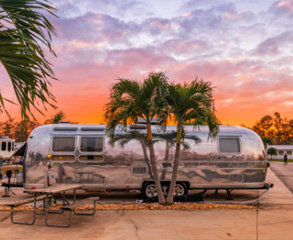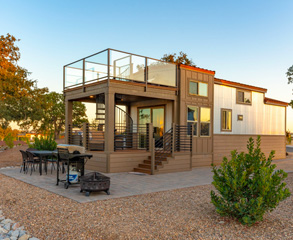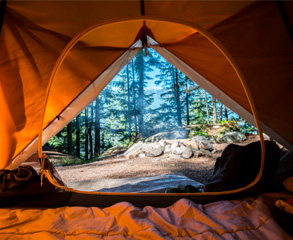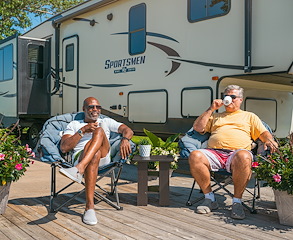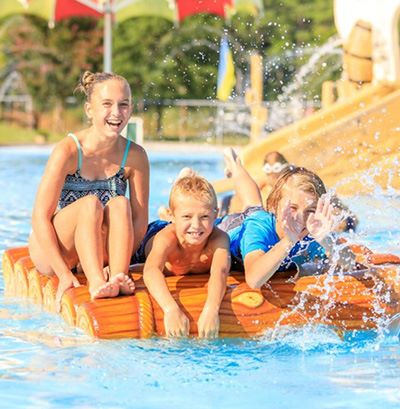How to Winterize Your Home: Essential Tips for Cold Weather Preparedness
Knowing how to winterize your home, whether it's your primary residence or a vacation property, is vital for protecting your investment. This is especially important if you're a snowbird escaping the cold or closing up your summer retreat for the season. You can hire a contractor for the job or save money by doing it yourself. Either way, ensure your home is ready for the harsh winter months.
Step-by-Step Guide to Winterizing Your Home
1. Toss the Food
Start by emptying and cleaning all appliances. Remove any remaining food from the refrigerator and freezer, then disinfect and wipe them down. A helpful tip is to place chopsticks between the doors of the fridge and freezer to allow air circulation, preventing mildew.
Also, unplug all appliances and electronics, including microwaves, washers, dryers, clocks, and radios, before leaving your home.
2. Turn Off the Water
Water damage can be expensive. To prevent pipes from bursting, shut down the water system. Locate the main valve—usually a single handle—and turn it off. If you're unsure, it's wise to call a professional for assistance.
Next, open all faucets to drain remaining water from your pipes. This step is crucial, as any water left in the pipes can freeze and cause them to burst.
3. Protect Your Furniture
Dust can accumulate quickly, so consider using plastic sheets to cover mattresses, chairs, and sofas. Some homeowners also place fabric softener sheets in drawers and closets to deter mice from nesting over the winter.
4. Don't Forget Your Outdoor Space
Winterizing your home includes taking care of your outdoor area. Move any outdoor furniture indoors and stack items like canoes and kayaks securely.
If you have a propane grill, disconnect the propane tank and store it safely.
5. Winterizing and Storing Golf Carts
If you own a golf cart, you'll need to winterize it as well. Follow these steps:
- Location: Park your golf cart in a cool, dry area to reduce battery discharge.
- Maintenance: For gas-powered carts, replace fuel, oil, and air filters, and check the spark plug. For electric carts, fully charge the batteries.
- Battery Care: Clean any corrosion around battery terminals with a baking soda and water mixture, then rinse gently. Coat terminals with battery terminal spray.
- Tires: Adjust tire pressure according to specifications.
- Lubrication: Grease suspension parts and complete all yearly lubrication.
- Cleaning: Clean the body, seats, battery compartment, and underside to remove dirt and debris.
- Storage: Leave the parking brake off, use tire blocks, and consider a weatherproof tarp for outdoor storage. If storing off-site, use heavy-duty chains and locks for security.
Conclusion
After enjoying a fantastic summer, the best way to ensure fun continues next year is to properly prepare your home or vacation property for the winter. We hope our guide on how to winterize your home makes the process easier, helping you safeguard your investment and enjoy peace of mind until spring.
After having a great summer, the best way to ensure that the fun continues next year is to prepare your home or vacation home so that's it ready for you in the spring. We hope our guide on how to winterize your home helps make the process even easier.
